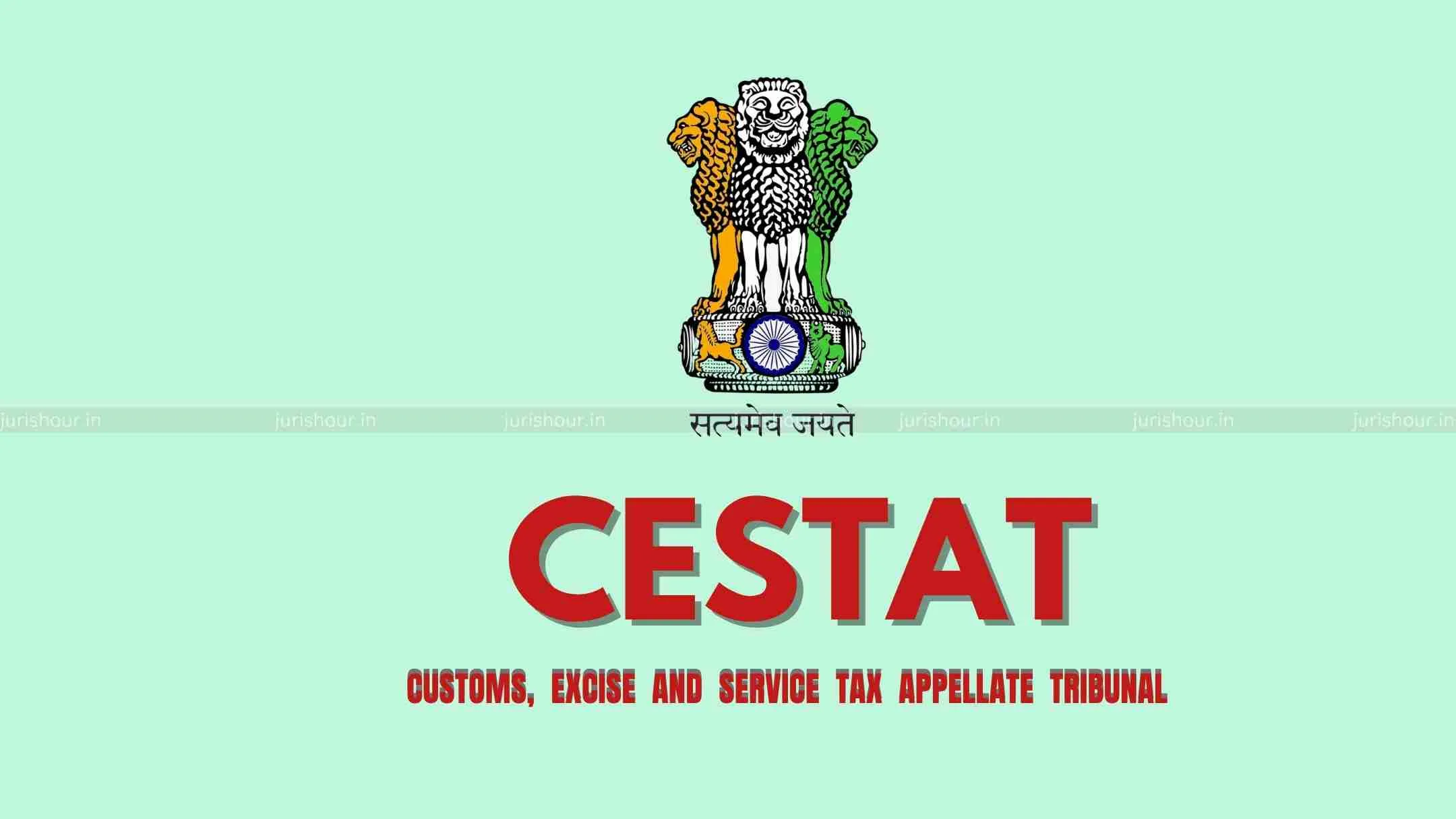As the income tax return (ITR) filing season gains momentum for Assessment Year 2024-25, taxpayers need to be mindful of the updated norms and disclosures. A recent infographic published by Mint offers a concise guide on the appropriate ITR forms for individuals, including key updates and simplification measures introduced by the Income Tax Department.
ITR Form Eligibility Snapshot
ITR 1 (Sahaj): Suitable for individuals earning up to ₹50 lakh annually from salary, pension, one house property, and other sources. Also covers long-term capital gains (LTCG) up to ₹1.25 lakh from listed stocks or equity mutual funds under Section 112A.
ITR 2: Meant for those with income exceeding ₹50 lakh from any ITR-1 source, LTCG over ₹1.25 lakh, short-term capital gains, multiple house properties, foreign income, crypto holdings, or foreign assets/directorships.
ITR 3: Applicable for individuals earning income from business/profession or as a partner in a firm, along with any sources mentioned under ITR-2.
ITR 4 (Sugam): Designed for presumptive income taxpayers earning up to ₹50 lakh from sources listed under ITR-1.
Note: Hindu Undivided Families (HUFs) are ineligible for ITR-1 and must opt for ITR-2, 3, or 4.
Key Changes to Watch Out For
1. More Disclosures Required:
Deductions & Exemptions: Full disclosure now mandated for all claims under Section 80C, HRA, loan interests, and donations.
TDS Details on Other Income: Pre-filled details from AIS and Form 26AS will now include TDS on dividends, interest, and other income.
Capital Gains Reporting: Capital gains made on or after July 23, 2024, must be reported separately.
2. Simplified Provisions Introduced:
Capital Gains Simplicity: Taxpayers with up to ₹1.25 lakh LTCG from listed equity can use ITR-1 or ITR-4.
Expanded AL Threshold: Schedule AL (Assets & Liabilities) is now mandatory for income exceeding ₹1 crore, up from the earlier ₹50 lakh.
Share Buyback Reporting: Buyback income post-October 1, 2024, must be reported as dividend under “other sources.”
With these changes, the Income Tax Department aims to enhance transparency, ensure accurate reporting, and simplify compliance for honest taxpayers. As the July 31 filing deadline approaches, understanding the applicable ITR form and new reporting rules is crucial to avoid scrutiny or penalties.






